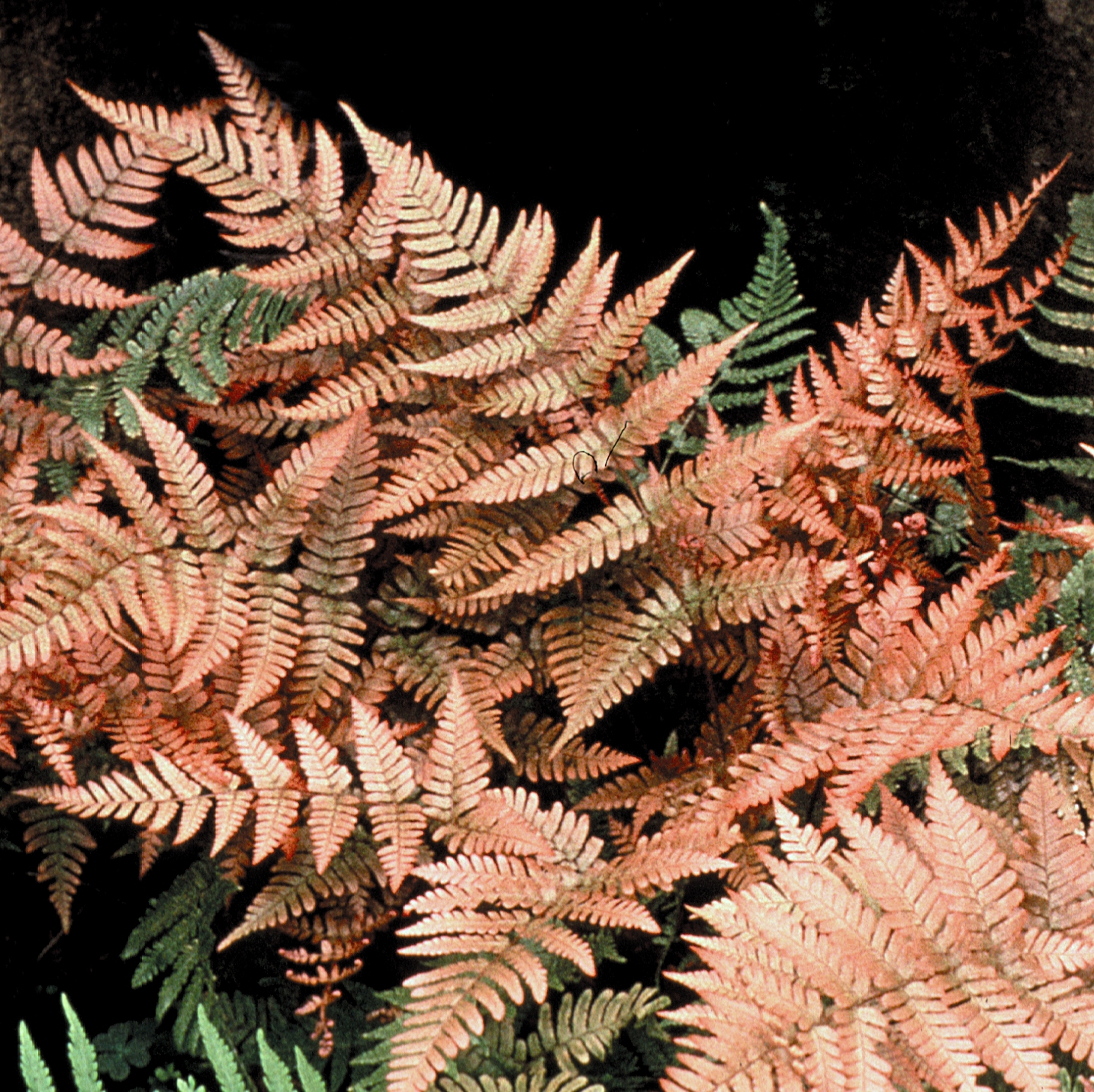
If you harvested the frond too late or too early, the print will be faint or absent. When you uncover and remove the frond from the paper 24 hours later, you should see a spore-print in the shape of the frond on the paper’s surface. Place it somewhere where it’ll be undisturbed and protected from drafts. Place the frond sori-side down on a sheet of white or waxed paper, then cover the frond with an additional layer of paper. You’ll know that an autumn fern’s spores are about to drop when the sori have turned a deep red and begin to split open.Īt this point, select a healthy-looking frond and cut it away from the rest of the plant with a sterilized blade.

The spores of this plant tend to drop in late summer, so you’ll need to be vigilant around this time. Within the prothallus, sperm fertilizes an egg and results in a sporophyte, which develops into a full-grown plant… and presto! The cycle continues. A prothallus develops organs that produce ova and antheridia, aka egg and sperm cells. On the underside of a fern’s fronds are sori, and each sorum contains sporangia.Įach sporangium produces spores, which release from the fronds, land elsewhere, and germinate into small, heart-shaped structures called prothalli.
#Brilliance fern plant how to#
Ready to learn how to grow your own? Here’s what we’ll cover in this guide: erythrosora an undoubtedly worthy planting. Both colors offer a nice change of pace from the green shades seen in other ferns.Īlong with its unique color scheme, toughness, and a compact growing habit make D. Which is fine, because a fern’s green foliage is just what the doctor ordered… most of the time.īut it’s not horticultural heresy to look at a fern, sigh in discontentment, and think: Plain old green again? Can’t a gardener get a different shade of fern up in here, for a change? With the autumn fern, you actually can.Īutumn ferns, aka copper shield or Japanese wood ferns, actually start out their growth in spring with a coppery tint to their foliage, then mature to sport a more yellowish-green hue as the growing season progresses. Since they don’t flower, their fronds are all that they have, ornamentally. Įven among plants, ferns are well-known for their greenery. If you buy from one of our links, we may earn a commission. Retrieved 21 August 2022.We link to vendors to help you find relevant products. ^ "RHS – Dryopteris erythrosora 'Brilliance' ".^ "RHS Plant Selector – Dryopteris erythrosora".Fact Sheet FPS-189, Environmental Horticulture Department, Florida Cooperative Extension Service, Institute of Food and Agricultural Sciences, University of Florida, 1999. ^ "Dryopteris erythrosora (Autumn Fern, Japanese Shield Fern, Shaggy Shield Fern) | North Carolina Extension Gardener Plant Toolbox".


The leaves are funnel-shaped with the top ones being leathery shiny, divided twice, triangular in shape and pointy. It has an upright to down-lying rhizome which is thick and branched, so that it forms several crowns. The fronds have a coppery tint when young, but mature to dark green.

It is semi-evergreen (in cooler climates), with bipinnate fronds 30–70 cm (12–28 in) tall by 15–35 cm (6–14 in) broad, with 8–20 pairs of pinnae.


 0 kommentar(er)
0 kommentar(er)
